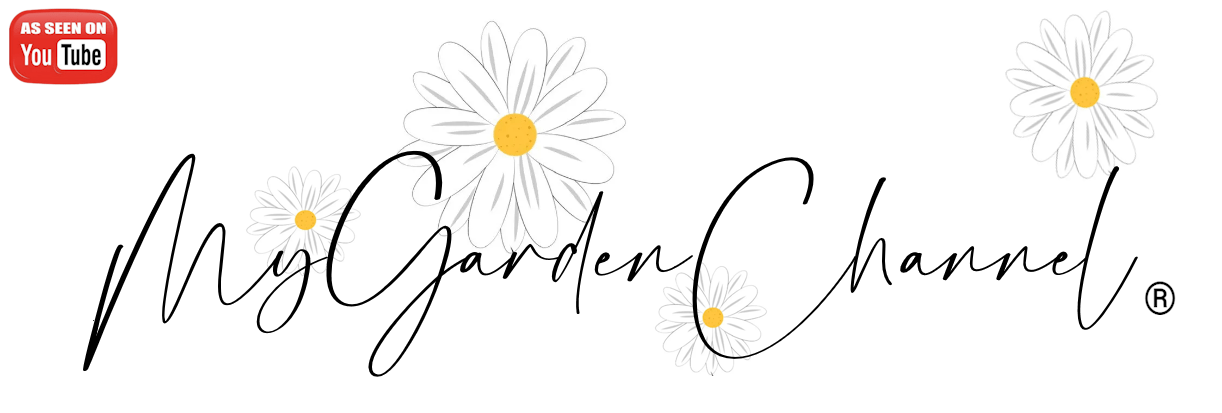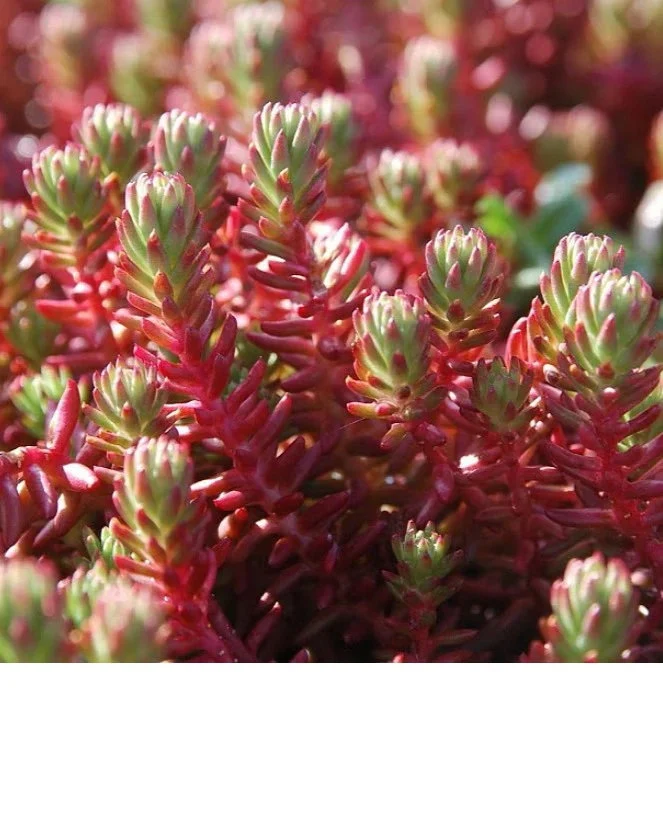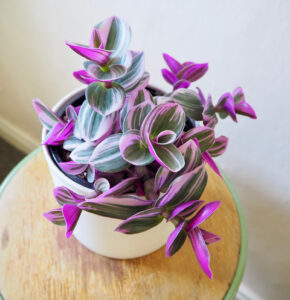Sedums are a genus of succulent plants known for their ability to thrive in a variety of conditions, from dry soil to full sun. Among the many varieties, Sedum ‘Red Wiggle’ stands out for its unique, colorful foliage and ability to add texture and depth to gardens. This particular variety is prized for its striking red stems and green foliage, which gradually transforms to red and purple hues as the growing season progresses, especially in the fall.
In this guide, we will cover the care and cultivation of Red Wiggle Sedum, from planting to maintenance, ensuring this low-maintenance, hardy plant thrives in your garden.
1. Overview of Red Wiggle Sedum
- Scientific Name: Sedum ‘Red Wiggle’
- Common Name: Red Wiggle Sedum
- Family: Crassulaceae
- Height: Typically 12-18 inches tall (30-45 cm)
- Spread: 18-24 inches (45-60 cm)
- Foliage: Green leaves turning red, purple, and bronze shades as they mature
- Bloom Time: Late summer to early fall (August to September)
- Flowers: Clusters of star-shaped, pinkish-red to coral blooms
- Hardiness Zone: USDA Zones 4-9
- Watering Needs: Low to moderate
2. Planting Red Wiggle Sedum
Site Selection
Red Wiggle Sedum thrives in full sun, which promotes vibrant leaf color and compact growth. If planted in too much shade, the plant may become leggy and less colorful. When choosing a planting location, ensure the area receives at least 6 hours of direct sunlight each day.
- Soil: Sedums, including Red Wiggle, prefer well-drained soil. They are drought-tolerant and do not tolerate waterlogged conditions, which can lead to root rot. Sandy or loamy soil works best, and if your soil is heavy clay, you may need to amend it with sand or organic matter to improve drainage.
- Spacing: When planting Red Wiggle Sedum, space plants about 18 inches apart to give them enough room to spread and grow without crowding each other.
Planting Time
Red Wiggle Sedum is best planted in the spring after the danger of frost has passed. This gives the plant time to establish its roots before the hot summer months. Fall planting is also an option, as the plant will still have time to root before the cold sets in.
Planting Steps
- Dig a hole slightly larger than the root ball of your plant.
- Place the plant in the hole, ensuring that the crown (the top of the root ball) is level with the surrounding soil.
- Fill the hole with soil and gently tamp it down to remove air pockets.
- Water thoroughly after planting to help settle the soil around the roots.
3. Watering and Moisture Needs
Once established, Red Wiggle Sedum is highly drought-tolerant and requires very little water. However, during the establishment period (the first few months after planting), regular watering is necessary to help the plant develop a strong root system.
- Watering Frequency: Water only when the soil feels dry to the touch, especially in the summer months. Avoid overwatering, as this can cause root rot. Always ensure that the soil drains well, as Sedum plants do not like “wet feet.”
- Watering Technique: When watering, ensure the water reaches the roots deeply. It’s better to water deeply and less frequently than to water lightly and often.
4. Feeding and Fertilizing Red Wiggle Sedum
Red Wiggle Sedum does not require heavy feeding. In fact, too much fertilizer can cause the plant to grow excessively tall and floppy, rather than maintaining its compact and attractive shape. If you choose to fertilize, use a balanced, slow-release fertilizer in early spring before new growth begins.
- Fertilizing Tips:
- A light application of a balanced fertilizer (such as a 10-10-10) or compost can help boost growth in poor soil.
- Avoid fertilizing during the fall or winter, as this can encourage unhealthy growth when the plant should be dormant.
- Over-fertilizing can also lead to fewer blooms, so it’s best to fertilize sparingly.
5. Pruning and Maintenance
Red Wiggle Sedum requires minimal maintenance, making it a perfect choice for busy gardeners or those looking for a low-maintenance plant.
- Deadheading: While Red Wiggle Sedum doesn’t require deadheading, you can remove spent blooms if you prefer a tidier appearance. Simply pinch off the faded flower heads at the base of the plant. This will prevent seed formation and can encourage the plant to focus energy on producing new growth.
- Cutting Back: In late fall or early spring, you can cut back the plant to about 2-3 inches above the ground to promote healthy growth in the spring. This is especially important if the plant has become leggy or overgrown.
- Dividing: Sedums are generally not divided frequently, but if your plant becomes overcrowded or you want to propagate it, you can divide it in early spring. Simply dig up the plant, cut the root ball into sections, and replant the divisions.
6. Winter Care
Red Wiggle Sedum is hardy in USDA zones 4-9, meaning it can withstand cold winters in most areas. However, in regions with harsh winters, some protection may be beneficial.
- Mulching: Applying a light layer of mulch around the base of the plant in late fall can help protect the roots from freeze-thaw cycles. Avoid mulching directly on the plant, as it can retain moisture and cause the plant to rot during winter.
- Cutting Back: You can leave the plant’s foliage intact over the winter for visual interest, or cut it back in late fall to prevent any potential pest issues. If you leave the foliage, it will naturally die back during winter, but the plant should come back strong in the spring.
7. Common Pests and Diseases
Red Wiggle Sedum is a hardy and pest-resistant plant, but like all plants, it can sometimes face a few issues:
- Aphids: Aphids are the most common pest that may attack your Sedum. They can be controlled with insecticidal soap or a strong spray of water.
- Mealybugs: These small, white pests can also infest Sedum. Mealybugs can be removed with a cotton swab dipped in rubbing alcohol.
- Powdery Mildew: If your Red Wiggle Sedum is planted in too much shade or is overwatered, it could be susceptible to powdery mildew. Ensure proper spacing and good air circulation, and avoid overhead watering to reduce the risk of mildew. Infected plants can be treated with fungicides.
- Root Rot: This occurs when the plant is overwatered or the soil is poorly drained. If you notice yellowing leaves or wilting, it may be a sign of root rot. If caught early, you can trim away affected roots and replant in fresh, well-drained soil.
8. Companion Plants for Red Wiggle Sedum
Red Wiggle Sedum pairs well with a variety of other plants, especially in xeriscape or drought-tolerant gardens. Consider the following companions:
- Lavender: The aromatic lavender plant complements the structure of Sedum and thrives in similar conditions.
- Echinacea (Coneflower): These plants provide contrasting color and attract pollinators, making them an excellent choice to plant alongside Red Wiggle Sedum.
- Russian Sage: Another drought-tolerant plant with a similar aesthetic, Russian Sage has blue-purple flowers that contrast beautifully with the red hues of the Sedum.
- Thyme: Ground-hugging thyme works well at the base of Red Wiggle Sedum, offering a low-maintenance, aromatic ground cover.
9. Conclusion
Red Wiggle Sedum is an excellent choice for gardeners seeking a low-maintenance, drought-tolerant plant that adds stunning color and texture to gardens. Whether planted in a sunny border, rock garden, or container, this hardy succulent thrives with minimal care. By providing well-drained soil, adequate sunlight, and occasional pruning, you’ll be rewarded with vibrant foliage and beautiful late-summer blooms. Plus, its compact growth habit makes it ideal for smaller spaces, or even as a ground cover. Whether you’re an experienced gardener or a beginner, Red Wiggle Sedum is a plant that’s sure to impress.


